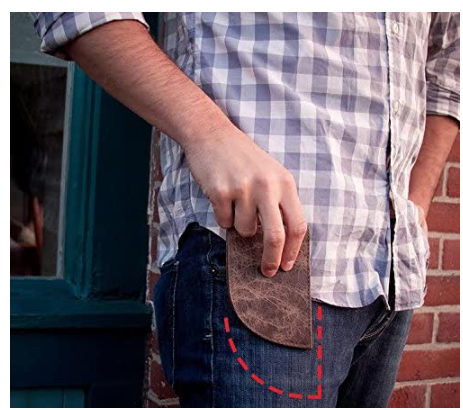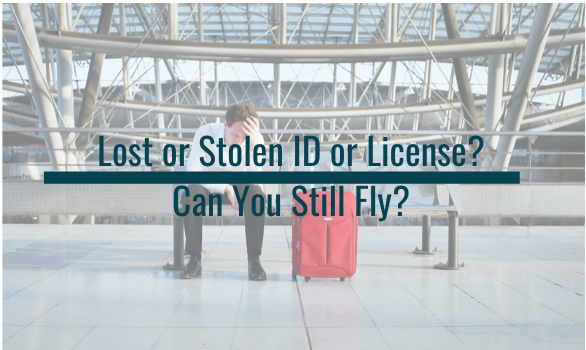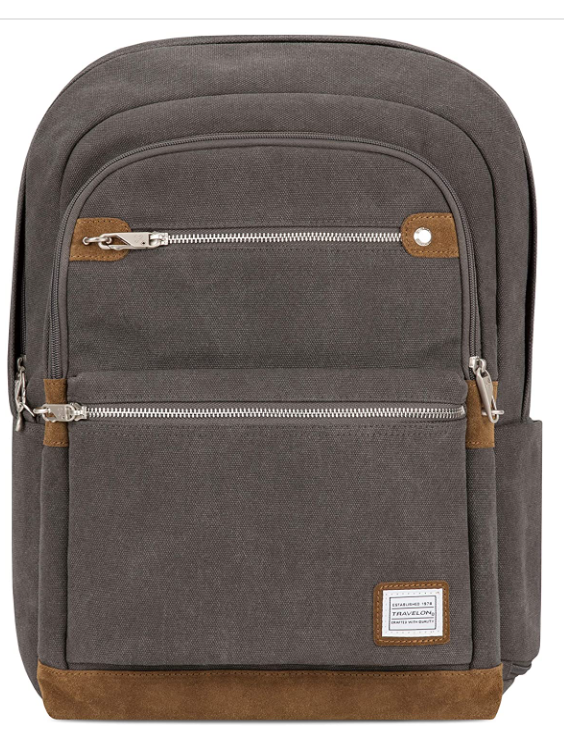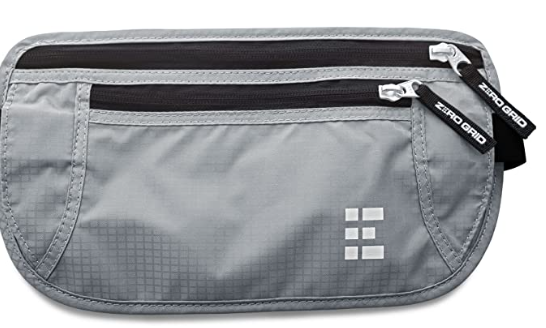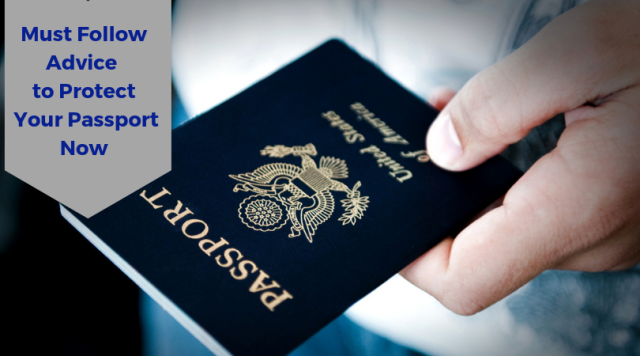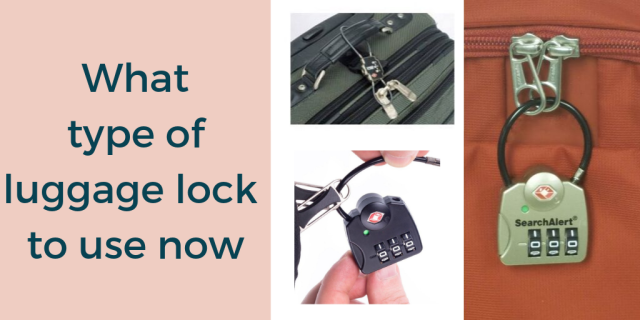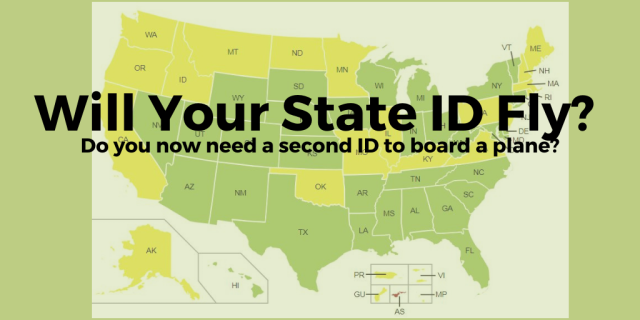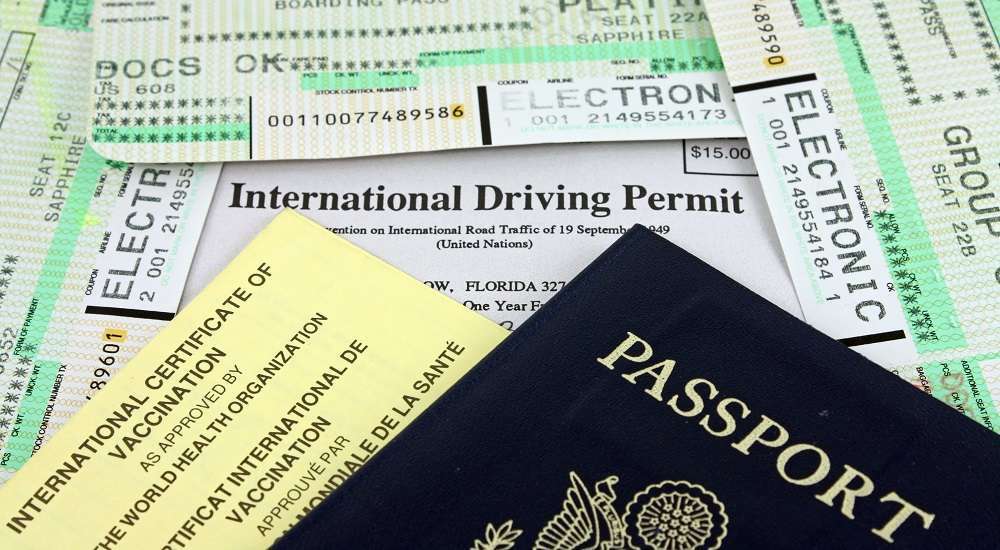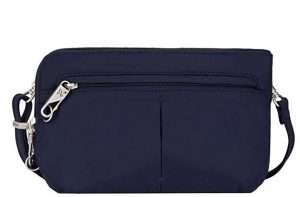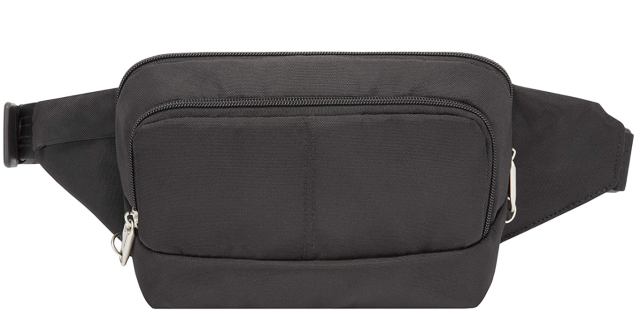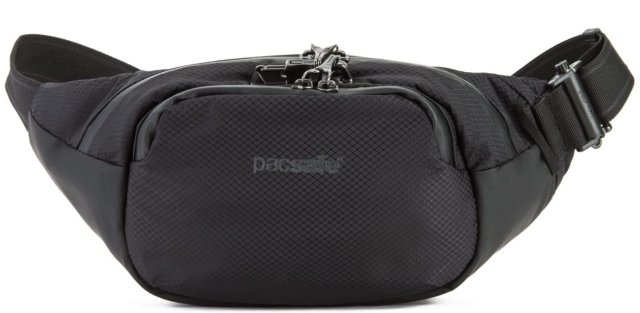The Mandatory Deadline for Presenting a REAL ID-Compliant License to TSA is Now May 7, 2025
Will the TSA accept your driver’s license as ID for domestic travel? Due to circumstances resulting from the COVID-19 pandemic, the Department of Homeland Security has extended the REAL ID enforcement deadline. The new deadline for REAL ID is now May 7, 2025. The TSA will continue to accept your current driver’s license as an ID to fly now if it is a non REAL ID until May 7, 2025. After that date, it will need to be a Real ID. A Real ID is a federally approved state driver’s license.
TSA Accepts Your Driver’s License as ID
According to the Department of Homeland Security if on May 7th, 2025 you haven’t upgraded your license to a REAL ID you can still travel domestically but you will have to use a federal compliant form of ID to do so. Acceptable federal issued ID includes these common ones:
US passport
US passport card
DHS trusted traveler card ( Global Entry, NEXUS, SENRI, FAST)
There are more options listed on the TSA.gov site
The Real ID ACT – Will Affect How You Board a Plane Come May 7, 2025
Will the TSA accept your current driver’s license as ID? If you haven’t traveled in a while checking on your driver’s license now is timely. If you don’t have a Real ID start working on it now as due to the pandemic many state DMVs are backed up on processing requests. Driver’s licenses are issued by the states. The states have had varying standards for the licenses they issue. For security, the federal government has issued a common high set of standards that all states must meet to issue a driver’s license.
What is the Real ID and Real ID Act
The Real ID Act is legislation that imposes much stricter measures on how people can obtain a state driver’s license and sets more thorough standards as to what will be displayed on the licenses. States have had to increase their standards to meet the federal standards for driver’s licenses to be considered REAL IDs. Why is this important to you and domestic travel? Because you need a federally approved driver’s license or similar ID to board a plane on or after May 7, 2025.
If your driver’s license is not a Real ID on May 7, 2025, then here’s a workaround, assuming you have a passport you can use your passport as your ID to fly domestically since passports are federally issued documents.
The Purpose of the Real ID
The purpose of secure driver’s licenses and identification documents is a vital component of our national security framework. The REAL ID Act, passed by Congress in 2005, enacted the 9/11 Commission’s recommendation that the Federal Government “set standards for the issuance of sources of identification, such as driver’s licenses.” This Act ensures that a driver’s license issued by all states meets all the same new higher standards of identity verification as set forth by the federal government.
Getting a Compliant Real ID Now is Easy
The REAL ID Act sets forth new federally mandated requirements for all state driver’s licenses and ID cards. The Department of Homeland Security (DHS) has set standards not entirely dissimilar from the requirements already in place for most states throughout the country, however, not all states are/were compliant.
Want More Details is From the Department of Homeland Security
Please continue to check DHS’s REAL ID webpage for the most up-to-date information on individual state compliance as status can change over time. You can find a list of identification accepted by the Transportation Security Administration on TSA’s website. You may also check with your state’s driver’s licensing agency about how to acquire a REAL ID-compliant license.
Rumor: I need a passport to fly domestically
- If you have a driver’s license or identification card issued by a state that does not meet the requirements of the REAL ID Act, and unless that state has been granted an extension, you must present an alternative form of identification acceptable to TSA to board a commercial domestic flight.
- Starting May 7, 2025, you will need a REAL ID-compliant license or another acceptable form of federal identification such as a passport for domestic air travel.
Rumor: TSA isn’t going to accept my driver’s license
Fact: TSA will continue to accept driver’s licenses issued by all compliant states or non-compliant states with an extension, until May 2025.
Rumor: I need to get a new driver’s license or passport
Fact: You have until May 07, 2025, to replace your current license with a REAL ID-compliant license, as long as your state is compliant or is non-compliant with an extension. Start the application process with your DMV now, as appointments and wait times at the agency can be a few months out depending on where you live.
Rumor: The Department of Homeland Security is trying to build a national database with all of our information
Fact: REAL ID does not build a national database nor does it grant the Federal Government or another state access to a state’s driver’s license data. REAL ID is not a national identification card. States and territories will continue to issue their own unique license, maintain their own records, and determine who may access those records and under what circumstances.
Will the TSA accept your driver’s license as ID
The TSA, a federal agency, has given several years’ notice that they will refuse to let passengers with non-compliant IDs board flights as of May 3rd, 2023. The TSA will accept your driver’s license as an ID if it is a Real ID. If your driver’s license is non-compliant because it is not a REAL ID the TSA can ask you to provide another form of identification, like a passport, and if you don’t have it deny you access to the plane.
Check your license now if you’re not sure and check the expiration date of your passport while you’re at it. Protect your ID, passport, and other valuable documents in the airport by carrying them in a flat pouch you wear around your neck and under your shirt for easy access and security.
Final Thought on Your Driver’s License as ID
May 7, 2025, is fast approaching. If you plan to fly then or after that date now is the time to verify if your driver’s license is considered a REAL ID compliant document. Wait times at DMV offices are longer now than ever and processing of a new license can be lengthy. For peace of mind and a smooth experience with the TSA at the airport check your driver’s now.
Bonus Tip: Keep a photo of your ID on your phone.




